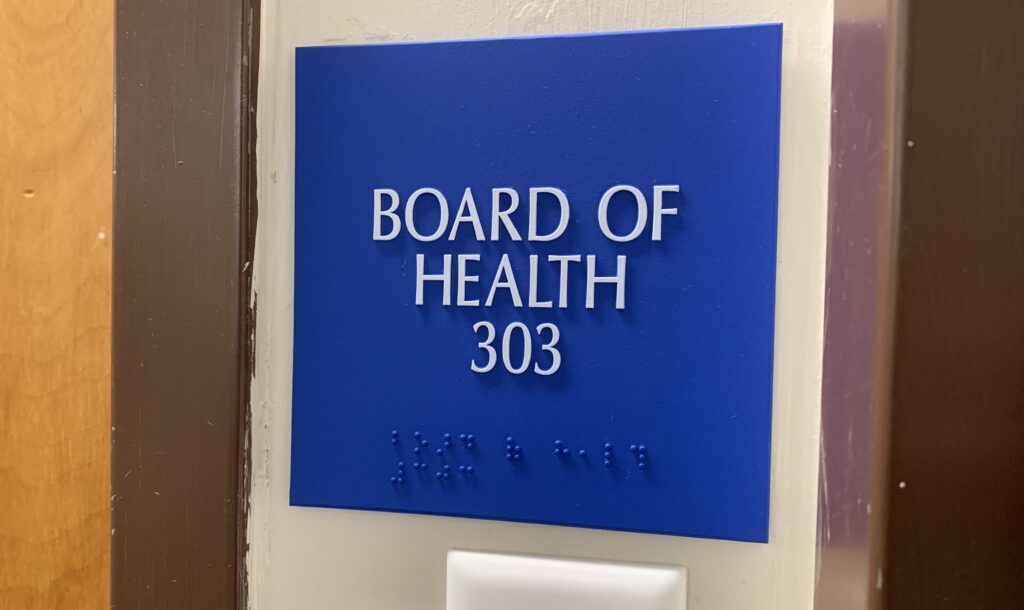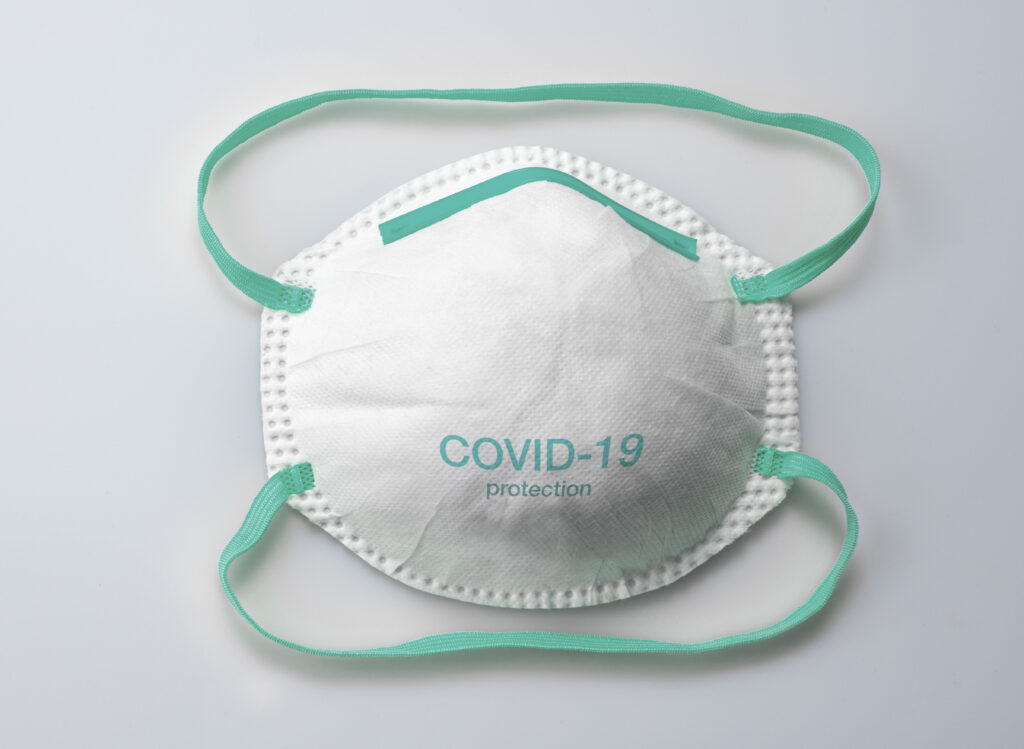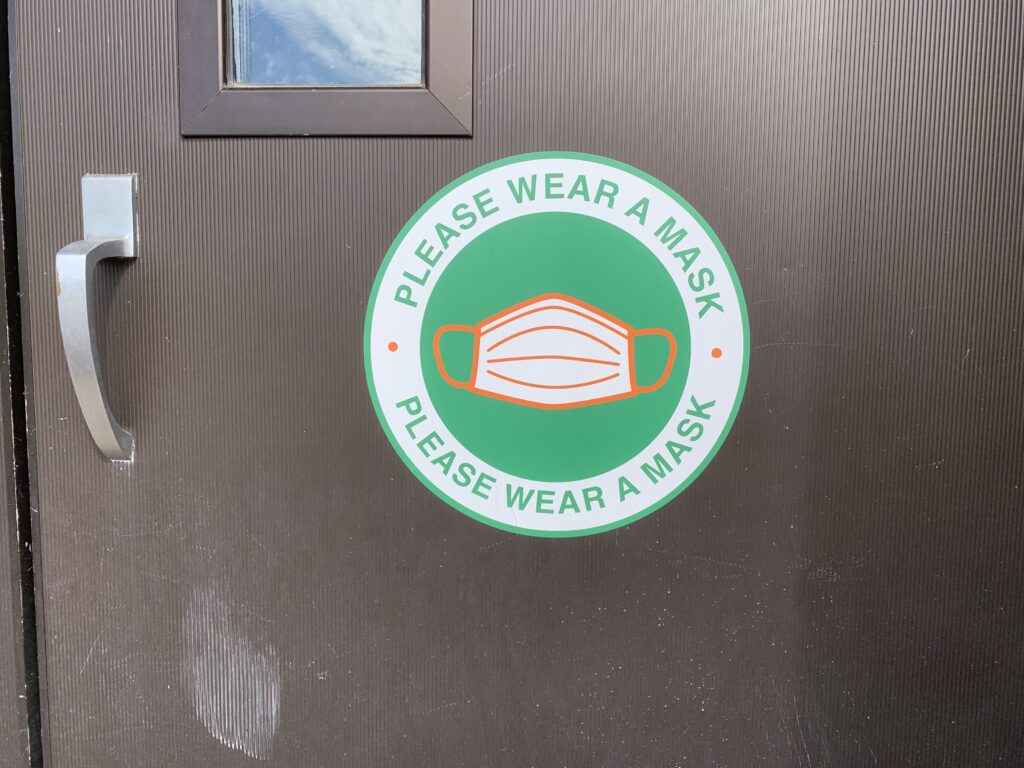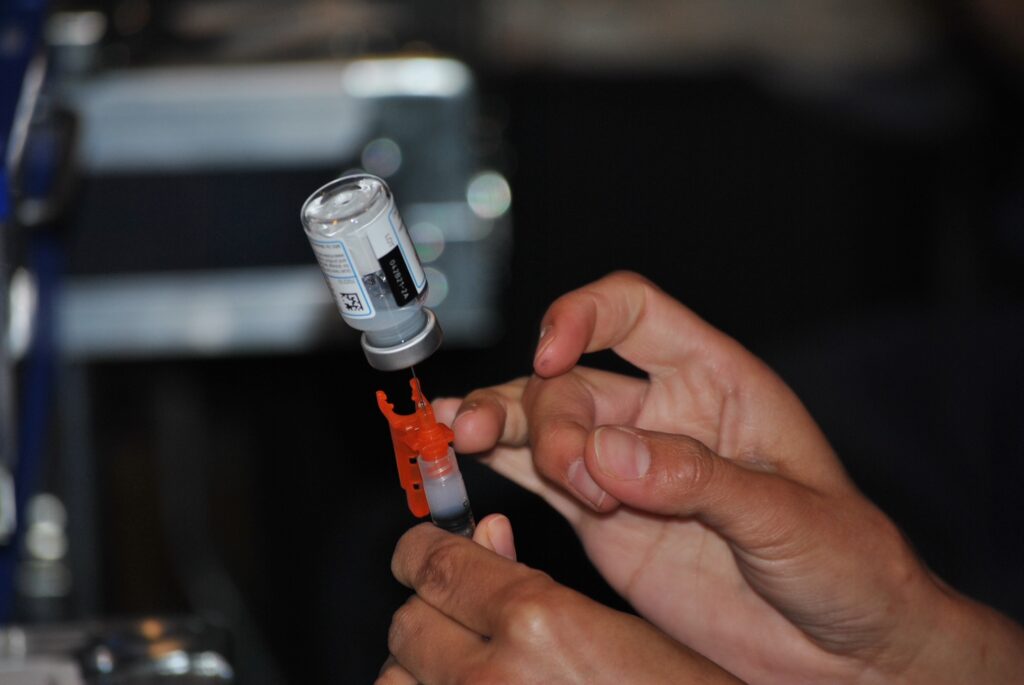While Hopkinton is in the midst of an unprecedented COVID surge — including the town’s first confirmed case of the fast-spreading Omicron variant — the recent illnesses have been far less severe. That is part of the reason why the Board of Health on Monday night suggested that the Health Department should move away from monitoring and contact tracing and instead focus on providing greater access to vaccinations and testing along with better educating the public on health and safety measures.
The shift to “personal responsibility” is consistent with the latest guidance from the Massachusetts Department of Public Health (DPH), Hopkinton Health Director Shaun McAuliffe said.
It also would relieve some of the strain on the Health Department, which is struggling to keep up with the amount of cases in town.
“I feel like the focus needs to be on putting it back on the population,” Public Health Nurse Simone Carter said. “We’re into this [pandemic] two years, we’re vaccinated, we know to wear masks, we know that this isn’t going to change. If anything, it’s going to become like the cold or flu or anything else. It’s not going away. But the difference is, last year at this time people were still in the hospital. This year, at this time, that has not been the case yet.
“I feel like using our time to track and trace every single case at this point, given what is at our folks’ disposal, is a misuse of time. I think we should be running vaccination clinics, just looking toward health maintenance. But to continue to track and trace every single case is counterproductive at this point.”
Added Carter: “It’s not the death and destruction of 18 months ago.”
McAuliffe added that testing labs are so backed up that by the time many individuals receive results, they already are at the point when the Centers for Disease Control and Prevention (CDC) recommends they can stop isolating (five days from first symptoms).
“It’s taking three, five, eight days to turn around samples,” he said. “There’s no point in doing trace-back on a sample that’s that old.”
Carter said Hopkinton is one of the few communities that still tries to track and trace all cases, as other towns “can’t handle it,” so they instead are focusing only on children or vulnerable individuals.
“It makes more sense to spend your time offering boosters, doing something active,” she said. “From my standpoint as a public health nurse that would be where I would think my time would be best spent.”
Residents who test positive still would be contacted by the Health Department and provided the most up-to-date guidance. But the Health Department would spend far less time on each case.
The change comes at a time when Hopkinton is dealing with its highest caseload since the pandemic began.
“We’re in a surge that I don’t believe we’ve seen in this community,” McAuliffe told the board. “Our 14-day positivity rate is currently at 9.24 [percent of those tested]. I believe the highest rate we had seen a year ago was about 6. So this is significantly higher than we had experienced pre-vaccine.”
McAuliffe said the town had been experiencing about two cases per day prior to this surge. In October there were 228 cases, with 55 percent between the ages of 3-19. In November there were 349 cases, with 56 percent between 3-19. Then in December the number of positive cases jumped to 683, with 291 cases between 3-19 — and McAuliffe noted that did not include more than 100 positive home tests that were completed by residents, primarily on children, and not entered into the state’s system.
“I believe we calculated it to be about 7.2 percent of the population of Hopkinton has contracted COVID over this three-month period,” McAuliffe said.
McAuliffe said that the Delta AY variant was detected in town around the second week of November.
“That variant is known to elude monoclonal treatment,” McAuliffe said. “It does a good job of eluding initial vaccination. It basically gets into people’s systems, starts an infection, people start experiencing symptoms, then the body between the vaccinations is able to mount a good response. We’re seeing this variant kind of sweep through the community. The good thing is we are highly vaccinated and we are seeing few severe cases.”
An Omicron case was noted in the most recent data from the state, McAuliffe said, and the DPH indicated it spreads between 2.7 and 3.7 times the rate of the Delta variant.
“Through the variant data that I looked at [Monday], we have one case of Omicron,” he said. “However, I can see through [Monday’s] Maven [the state’s COVID management platform] data that a second person in the household has tested positive for COVID, so I’m assuming that they also have Omicron. And then Omicron is highly contagious and it’s spreading for all intents and purposes logarithmically in the communities that it has been into.”
While the caseload has risen, the severity of illnesses has dropped. In fact, Carter said there are no reports of residents currently in the hospital due to COVID.
“It’s a lot of school-age kids, and a lot of households haven’t started to see it yet in the older folks so much, maybe just a few,” Carter said. “Those that have reported to me … they’re under the weather for like 5-8 days, but they’re not at this point in the hospital.”
Added McAuliffe: “Between Omicron and this Delta variant that we’re seeing, the cases aren’t severe, however, the number of cases is causing severe disruption to day-to-day activities in the school, in people’s businesses. We’re trying to avoid any disruption in our public safety departments.”
There has been some confusion regarding the latest guidance from federal and state officials.
“The CDC released their recommendation for a five-day isolation — you have a five-day isolation and then if your symptoms are improving, you’re free of fever, you have five additional days wearing a face covering — tightly or snugly fitting face covering,” McAuliffe explained.
“Now, when they posted that, what’s caused confusion especially in Hopkinton and some of the other surrounding communities, is that they also updated the K-12 regulation. That K-12 regulation mirrors everything that we’ve been doing in the past. It’s the standard 10-day isolation, and if you’re quarantined you have the option to test on Day 5, and if symptoms have improved and [you get] a negative test, you get released on Day 8.”
Adding to the confusion, Mass. DPH did not adopt the rule for K-12 — McAuliffe said the DPH was not aware that the CDC had updated the guidelines. He anticipates changes to the DPH guidelines as soon as Tuesday,
Superintendent Carol Cavanaugh announced that Hopkinton Public Schools will follow the CDC guidelines. And all students are required to wear masks.
Board of Health Commissioner Lisa Whittemore highly recommended that all residents wear masks outside of the home and stressed that people should avoid contact with others if they are showing any COVID symptoms.
“If you’re sick, stay home,” she said. “As a culture that’s something that we don’t do well.”



















0 Comments